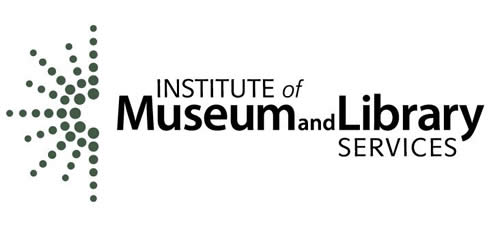Care of Collections - Practical guidelines

What you will find here is practical information on how to preserve cultural heritage collections. The information is based on standard museum and library practice and is basic and non-technical. It emphasizes preventive care---the measures that reduce or prevent deterioration--- and focuses on a cost-effective approach to the preservation of collections long-term.
The first six topics address the general needs of all types of items. This is where you will find answers to general questions about museum practice and learn about the basic tenets of preservation. For example, at what temperature and relative humidity should collections be stored? Or what types of storage furniture are available and preferable? These six topics deal with the issues, procedures, and standards that contribute to the preservation of all types of items regardless of the materials from which they are made.
The remaining topics deal with the unique characteristics and specific needs of particular materials or groups of similar materials. This is where you will learn how to adapt standard practice to the needs of particular items depending upon their composition. For example, does a collection of wooden furniture have special temperature and relative humidity needs? Or, are there particular concerns regarding insect infestation for leather clothing items? The same subjects are addressed for each material or group of materials. These are: identification and general information; basic care and storage; special pest concerns; routine handling; display issues; mounts and supports; and cleaning and minor repairs.
It is hoped that this information will answer questions, provide guidance, and lead to improvements in the condition of collections and the continued preservation of our cultural heritage. If you have questions that are not answered here, please contact the conservation department of the Minnesota Historical Society at 651-259-3380.


Basic Preservation Considerations

Basic Preservation Considerations (PDF)
- Temperature and Relative Humidity
- Light
- Air Quality
- Water and Fire
- Insects and Mold
- Security
Storage Containers, Supports, and Mounts

Storage Containers, Supports and Mounts (PDF)
- Types and How to choose
- Standards and considerations
- Fabrication Materials --- Paper
- Fabrication Materials --- Plastics
- Fabrication Materials --- Fabric
Storage Furniture

- Standards and Fabrication Materials
- Types of Furniture and How to Choose
Handling Practices

- Gloves
- Handling an Item
- Moving an Item
- Damage Incident Reports
- Visitor Procedures
Cleaning Practices

- Storage and Display Areas
- Floors
- Shelves and Other Surfaces
- Collections' Items
Display

- Light
- Temperature and Relative Humitity
- Air Quality
- Display Cases
- Display Fabrics
- Supports and Mounts
- Display Fabrics
- Supoprts and Mounts
- Display Without Cases
- Security
- Use of Substitutes
- Loans
- Basic Display Checklist
Materials
- Paper (PDF) Such as books, maps, manuscripts, photographs, newspapers, documents, letters, maps, prints, and drawings
- Skin and Skin Products (PDF) Such as clothing, shoes, saddles, drum heads, and quivers
- Textiles (PDF) Such as quilts, clothing, and bags
- Wood and Birch Bark (PDF) Such as furniture, bowls, boats, baskets, and scrolls
- Plant Materials (PDF) Such as baskets, hats, containers, and mats
- Ceramics (PDF) Such as vessels, toys, pipe bowls, and decorations
- Metals and Alloys (PDF) Such as jewelry, vessels, and weapons
- Stone (PDF) Such as jewelry, arrowheads, rock art, sculpture, mineral specimens, and fossils
- Quills, Horn, Antler, Hair, Feathers, Claws, and Baleen (PDF) Such as clothing ornaments, jewelry, and containers
- Shell (PDF) Such as beads, buttons, jewelry, and vessels
- Bone, Antler, Ivory and Teeth (PDF) Such as tools, jewelry and decorations
- Glass Beads (PDF) Such as used in dresses, bags and jewelry
- Plastics and Modern Materials (PDF) Such as beads, buttons, utensils and decorations
- Audiotapes and Videotapes (PDF) Audiocassette tapes, videocassette tapes, and reel-to-reel tapes
- Framed Items (PDF) Such as prints, drawings, paintings, photographs and textiles
Contact
For more information regarding the project, contact
Megan Narvey, Outreach Conservator
megan.narvey@mnhs.org
651-259-3468
Minnesota Historical Society
345 Kellogg Boulevard West
St. Paul, MN 55102-1906

The Institute of Museum and Library Services (IMLS) is the primary source of federal support for the nation's 122,000 libraries and 17,500 museums. The Institute's mission is to create strong libraries and museums that connect people to information and ideas. The Institute works at the national level and in coordination with state and local organizations to sustain heritage, culture, and knowledge; enhance learning and innovation; and support professional development. To learn more about the Institute, please visit www.imls.gov.
November 3 , 2009



